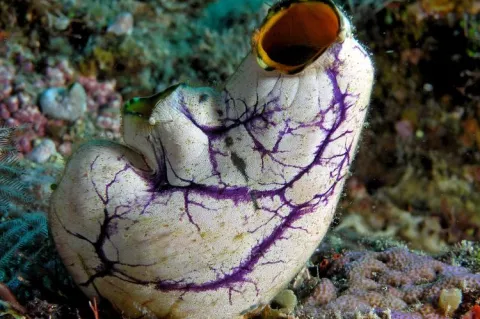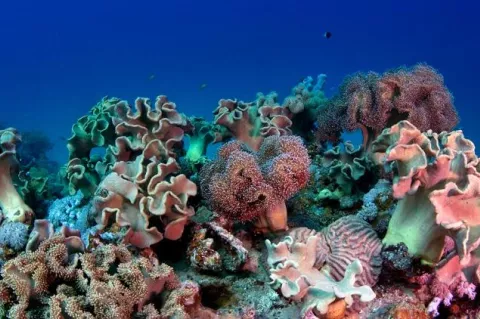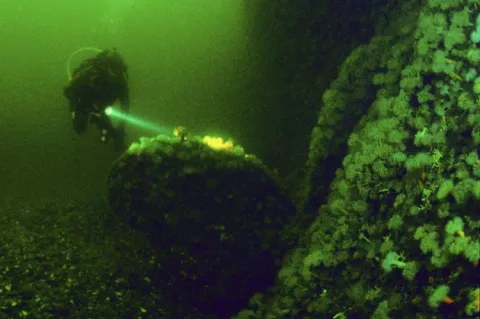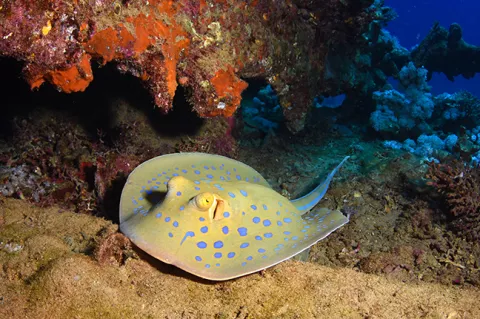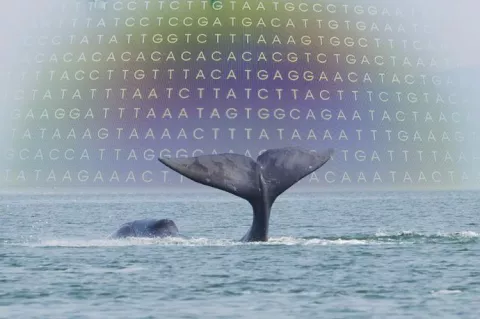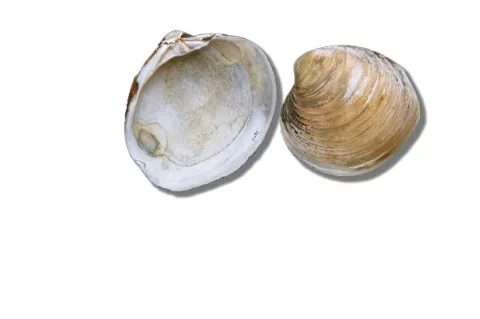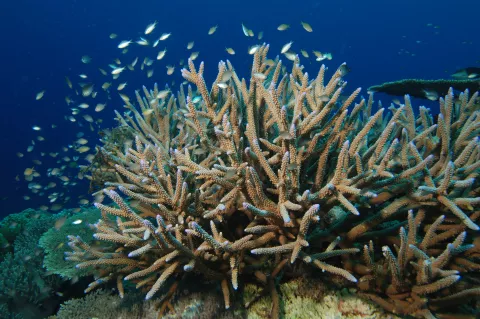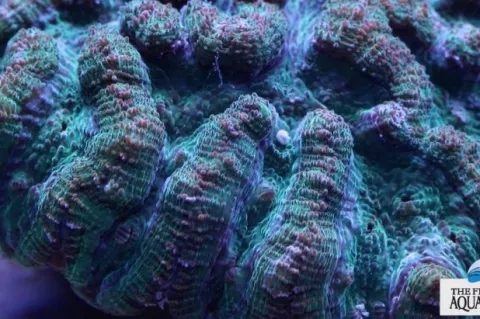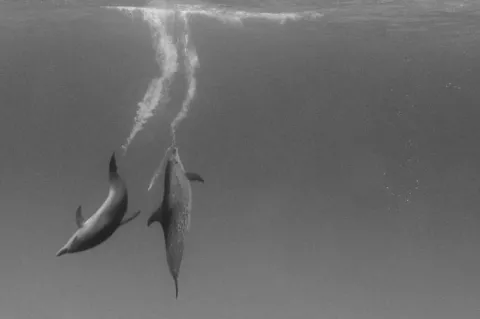Origins of vertebrates may be pushed back by 500-million-year-old sea squirt fossil
In 2019, paleontologist Karma Nanglu from Harvard University received a finger-sized fossil. The specimen had originated from a fossil-rich stratum of Cambrian limestone in western Utah, and had been kept in a drawer at a Salt Lake City museum for years.
Upon hearing that there could be a very old tunicate, Nanglu expressed excitement interlaced with caution: "That's a group for which there is essentially no fossil record for the entire 500 million years of recorded history."

